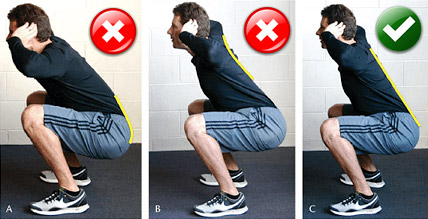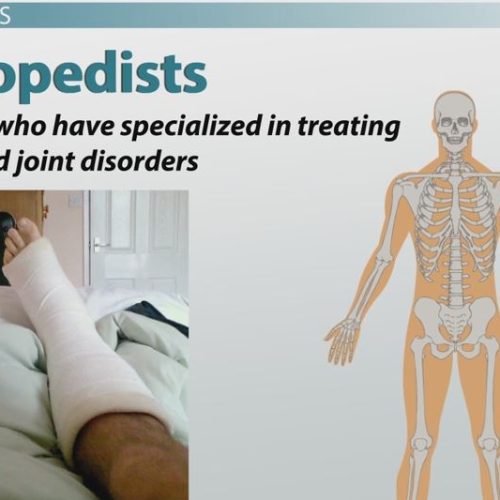Should I Still Workout If My Lower Back Hurts?
Back pain, especially in the lower region, can be a hindrance when it comes to maintaining a regular exercise routine. Many individuals wonder if it is safe to continue working out with lower back pain or if it is better to take a break and allow the body to rest.
First and foremost, it is essential to identify the cause of the pain. Lower back pain can stem from various sources, such as muscle strain, poor posture, herniated discs, or even underlying medical conditions. Consulting with a healthcare professional, such as a doctor or physiotherapist, is crucial to determine the specific cause and receive appropriate advice tailored to one’s condition.
In certain cases, it may be necessary to temporarily halt exercise until the pain subsides and the back heals. Resting allows the body to recover and prevents any further damage or aggravation of the injury. During this time, alternative activities that do not put stress on the lower back, such as gentler forms of exercise or stretching, may be recommended to maintain overall fitness levels.
However, rest should not be a long-term solution. Once the pain has significantly reduced or disappeared, it is important to gradually reintroduce physical activity. Strengthening the muscles around the lower back through targeted exercises can often help improve stability and reduce the risk of future injuries.
Nonetheless, caution must be exercised when returning to exercise. Starting with low-impact activities, such as walking or swimming, and gradually increasing intensity and duration can minimize the strain on the lower back. Maintaining proper form during workouts and using appropriate equipment are also essential to prevent further back pain.
Additionally, seeking guidance from a certified personal trainer or physical therapist can be beneficial. They can develop a tailored exercise plan that focuses on strengthening the core muscles, improving flexibility, and promoting overall back health.
In conclusion, whether or not to continue working out with lower back pain depends on the severity and cause of the pain. Rest may initially be necessary, but gradually reintroducing exercise, with professional guidance, can be an effective way to manage and prevent future back problems. Prioritizing one’s health and seeking appropriate medical advice is crucial in making informed decisions about exercising with lower back pain.
Should I skip workout if lower back hurts?
If a particular exercise is exacerbating your lower back pain, you should not try to work through the pain. This is because, as previously mentioned, pain is typically your body’s way of telling you that you’re doing something wrong.

How do I prevent lower back pain when working out?
– Do muscle-strengthening and stretching exercises at least 2 days a week.
– Stand and sit up straight.
– Avoid heavy lifting. If you do lift something heavy, bend your knees and keep your back straight. …
– Get active and eat healthy.
How do you recover from lower back pain from working out?
– Rest.
– Ice packs or heat and compression applied to the back.
– Exercises (to strengthen the abdominal muscles)
– Stretching and strengthening exercises (for the low back as it heals)
– Learning how to use and wear correct protective equipment.
How do I stop my lower back from hurting when I exercise?
Maintaining proper form as your workout is one of the most important preventative measures for lower back pain. Keeping your back straight, chin and neck aligned, and shoulders, back, and knees relaxed are some common reminders that can help improve your form.
What is the success rate of surgery for spinal stenosis?
Success Rates of Lumbar LaminectomyLaminectomyA laminectomy is a surgical procedure that removes a portion of a vertebra called the lamina, which is the roof of the spinal canal. It is a major spine operation with residual scar tissue and may result in postlaminectomy syndrome.https://en.wikipedia.org › wiki › LaminectomyLaminectomy – Wikipedia for Spinal Stenosis. The success rate of a lumbar laminectomy to alleviate leg pain from spinal stenosis is generally favorable. Research suggests: 85% to 90% of lumbar central spinal stenosis patients find relief from leg pain after an open laminectomy surgery.
What is the most common treatment for spinal stenosis?
Laminectomy is a surgery that doctors perform to treat spinal stenosis by removing the bony spurs and the bone walls of the vertebrae. This helps to open up the spinal column and remove the pressure on the nerves. Doctors may perform a discectomy during a laminectomy.Nov 1, 2023
Is spinal stenosis surgery high risk?
Risks from surgery for spinal stenosis include damage to the nerves, tissue tears, chronic pain, and trouble passing urine. There is a chance that surgery might not relieve your symptoms. And even if you get better with surgery, there is a chance that you may get new symptoms in the future.
How serious is surgery for spinal stenosis?
All surgery has some risks, such as bleeding, infection, and risks from anesthesia. Risks from surgery for spinal stenosis include damage to the nerves, tissue tears, chronic pain, and trouble passing urine. There is a chance that surgery might not relieve your symptoms.
Will I end up in a wheelchair with spinal stenosis?
The symptoms are often so gradual, that patients seek medical attention very late in the course of this condition. Patients may be so disabled and weak that they require the use of a wheelchair for mobility. In rare instances, severe spinal stenosis can cause paraplegia and/or bowel/bladder incontinence.



